Intro
Considered a color breed, the French Cream Horse began as a branch of the American Cream and White Horse.
Read more
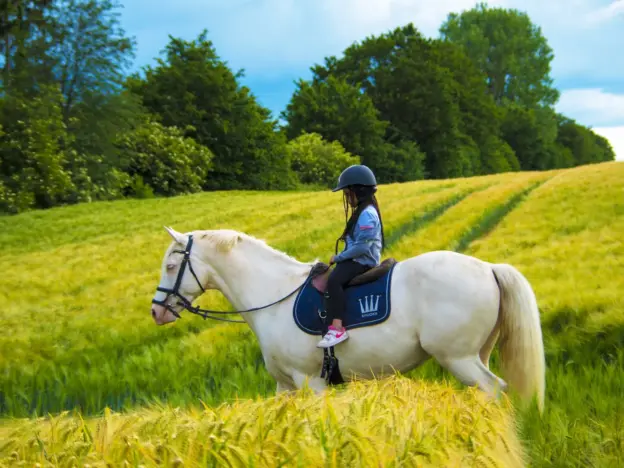
Considered a color breed, the French Cream Horse began as a branch of the American Cream and White Horse.
Read more
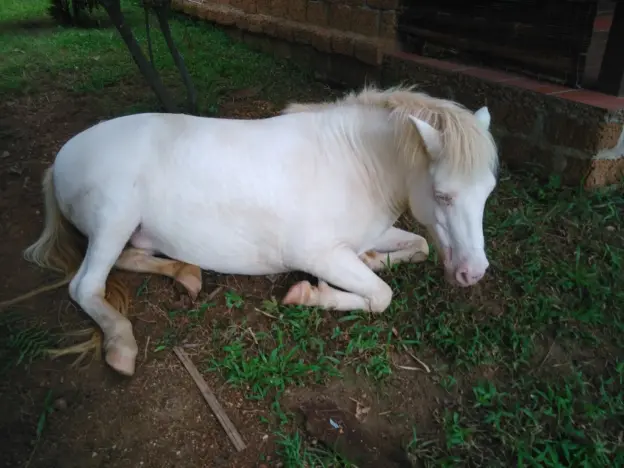
The Vietnamese White Horse or Ngua Trang Pony comes from the mountains of northern Vietnam, they are notable in that they are always white.
Read more
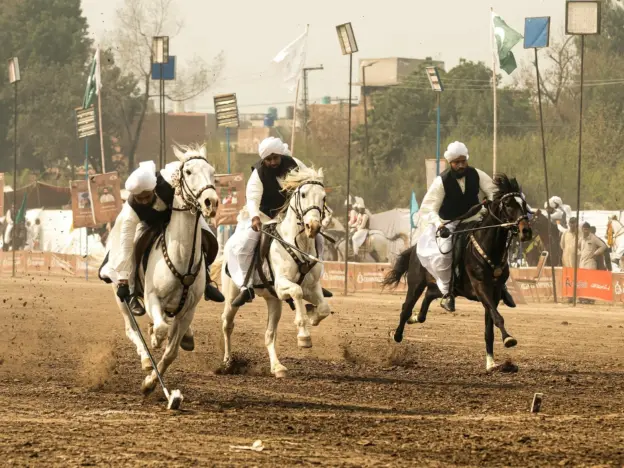
Not an official breed, the Kakka Baral Wala Horse is a type of saddle horse, primarily bred in the Punjab region of Pakistan.
Read more
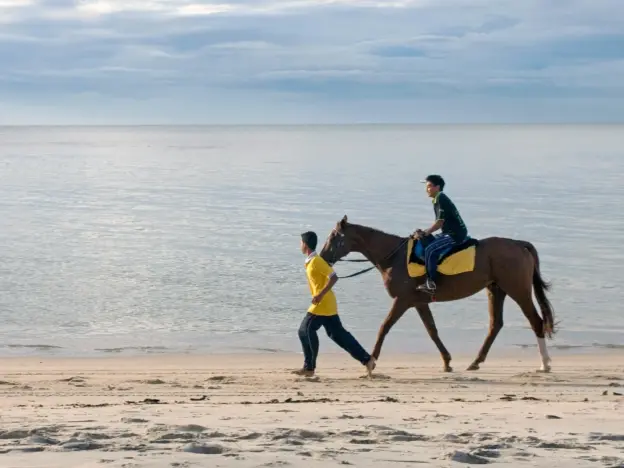
While the Halla Horse is very much a South Korean breed (they are named for the Hallasan Volcano on Jeju Island) they are also commonly found in Indonesia.
Read more
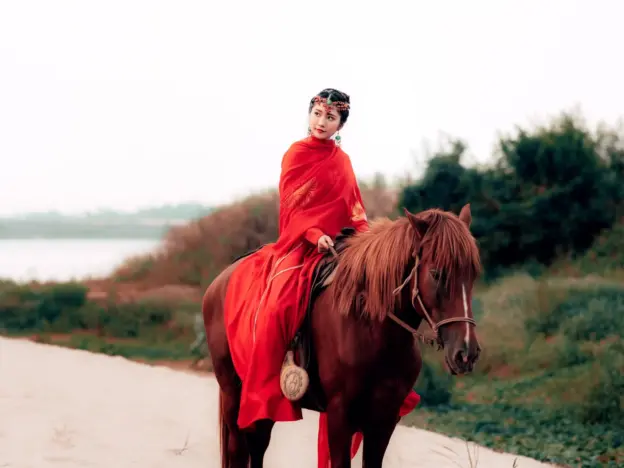
The Annamite, Annamese, Vietnamese Local or Ngua Noi Horse is one of few breeds native to Vietnam. They are generally found in the mountainous areas of northern Vietnam.
Read more
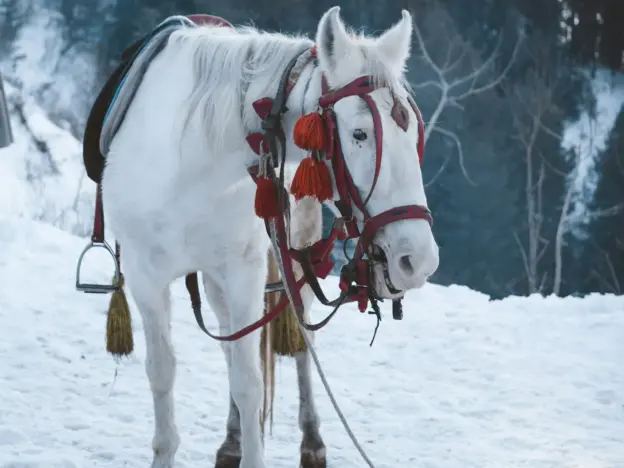
Easy to identify because of their turned in ears (similar to those of the Marwari horse), the Baluchi or Baloch horse is native to the Baluchistan and Derajat regions of Pakistan.
Read more
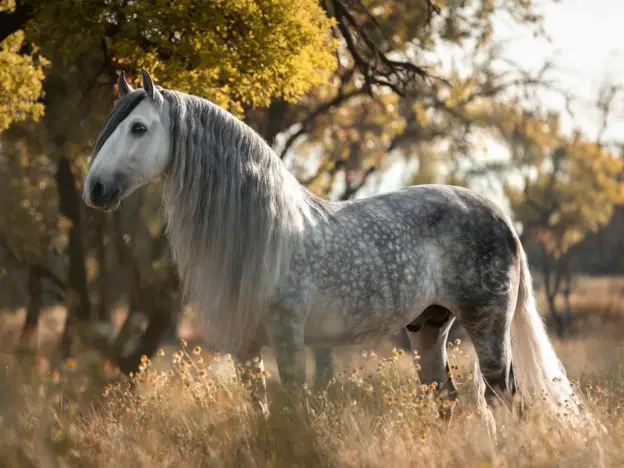
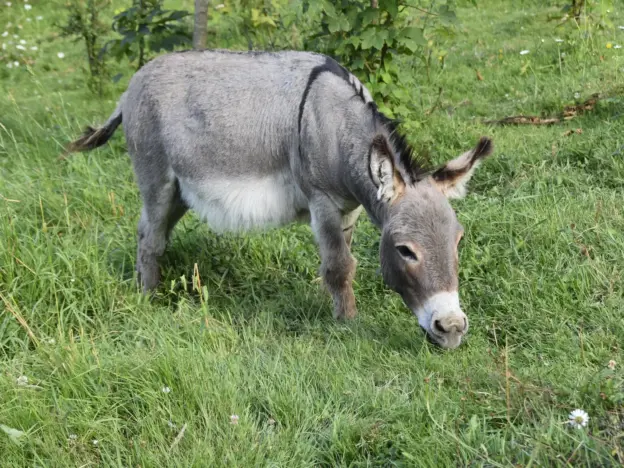
This is the smallest of the donkey breeds and they are known for their incredible strength and willing attitude.
The American Miniature Mediterranean Donkeys originated in southern Europe on the small islands of Sardinia and Sicily. In the 18th century they were primarily used indoors for grinding grain and as pack animals for mountain shepherds. The breed was introduced to the US in 1929 when the first imports were received by Robert Green on his stud farm in New Jersey.
“Miniature Donkeys possess the affectionate nature of a Newfoundland, the resignation of a cow, the durability of a mule, the courage of a tiger, and the intellectual capability only slightly inferior to man’s.” – Robert Green
Today these tiny animals are almost extinct in their native lands, luckily they have become popular pets in the states, where their numbers continue to grow.
Under 36″ high
Compact and well proportioned
Grey dun w/chocolate highlights is most commonly found
black | sorrel | pinto | creme
Kind and easy going
Affectionate and intelligent
Mainly pets and show animals
*All links open in a new window
National Miniature Donkey Association
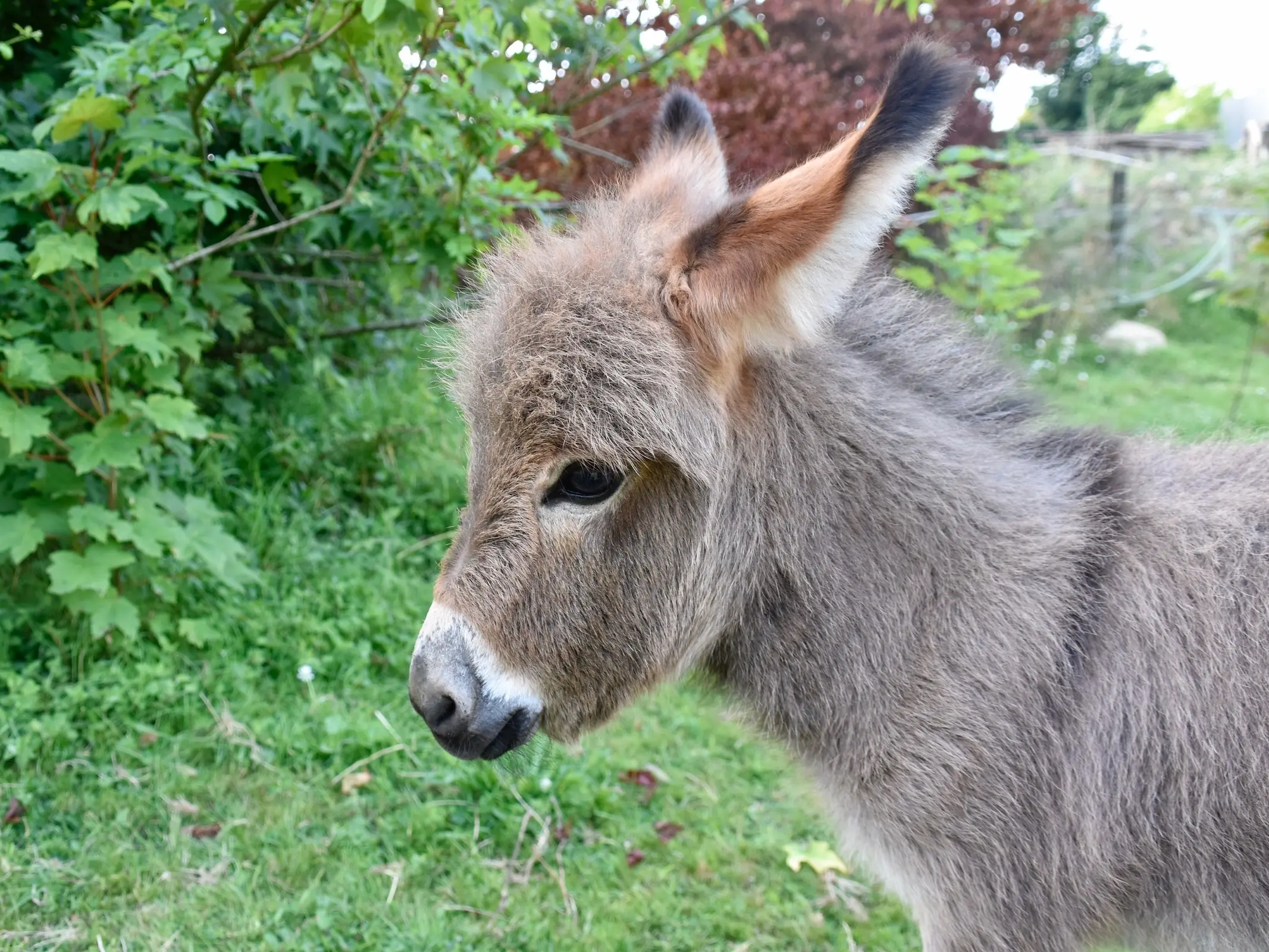
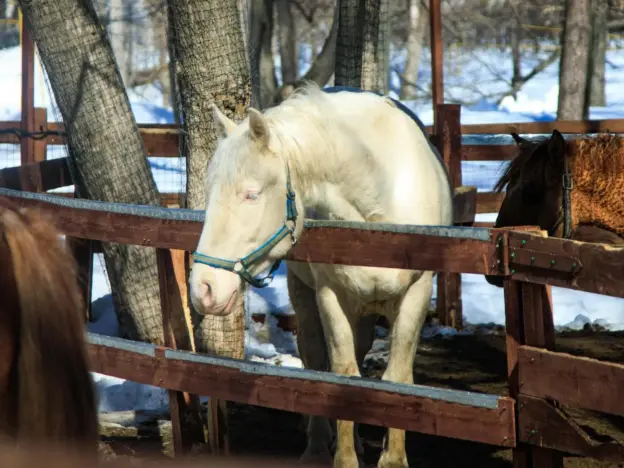
It should be noted that albinism is fatal in equines, a pure albino is a result of lethal white genes from both parents and will rarely live past birth. American Albino (also called American Cream and White) horses are white, but not technically albino genetically.
Read more